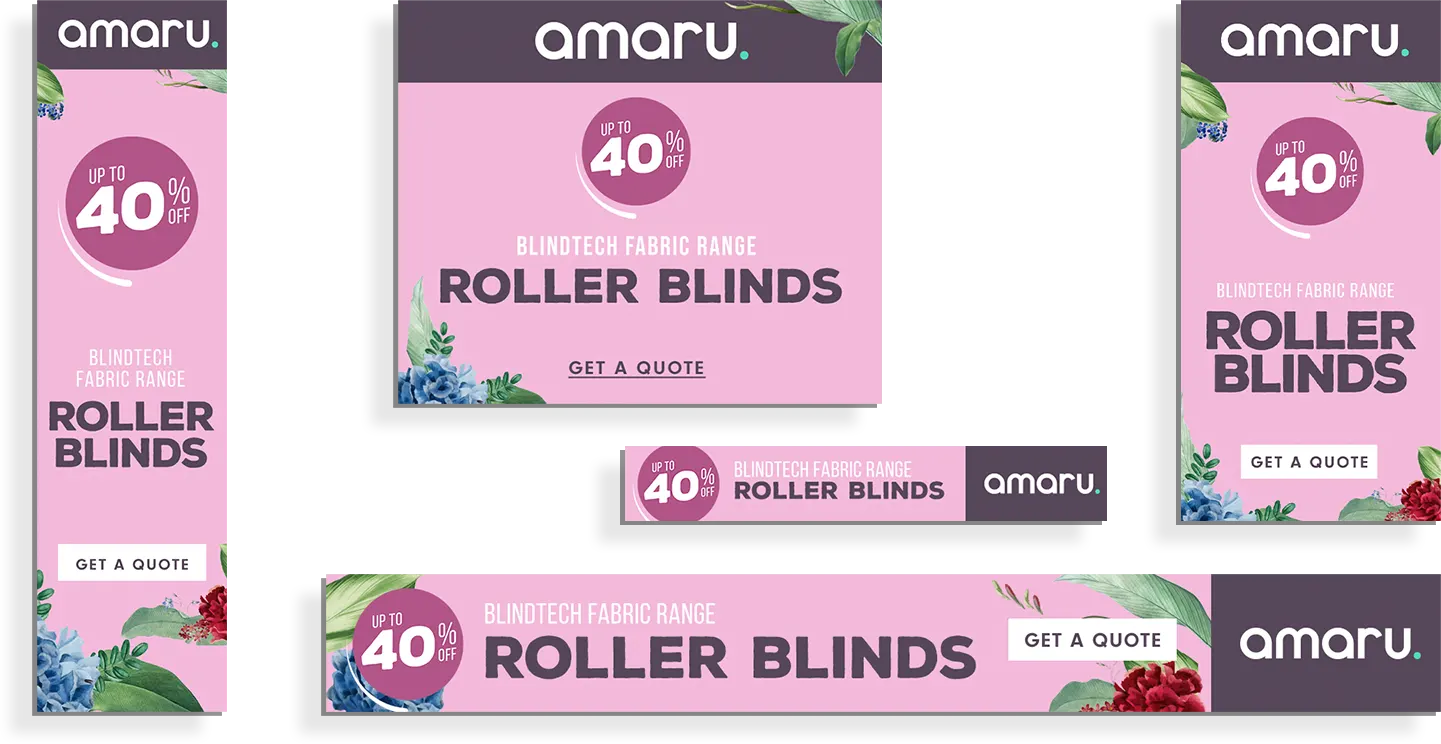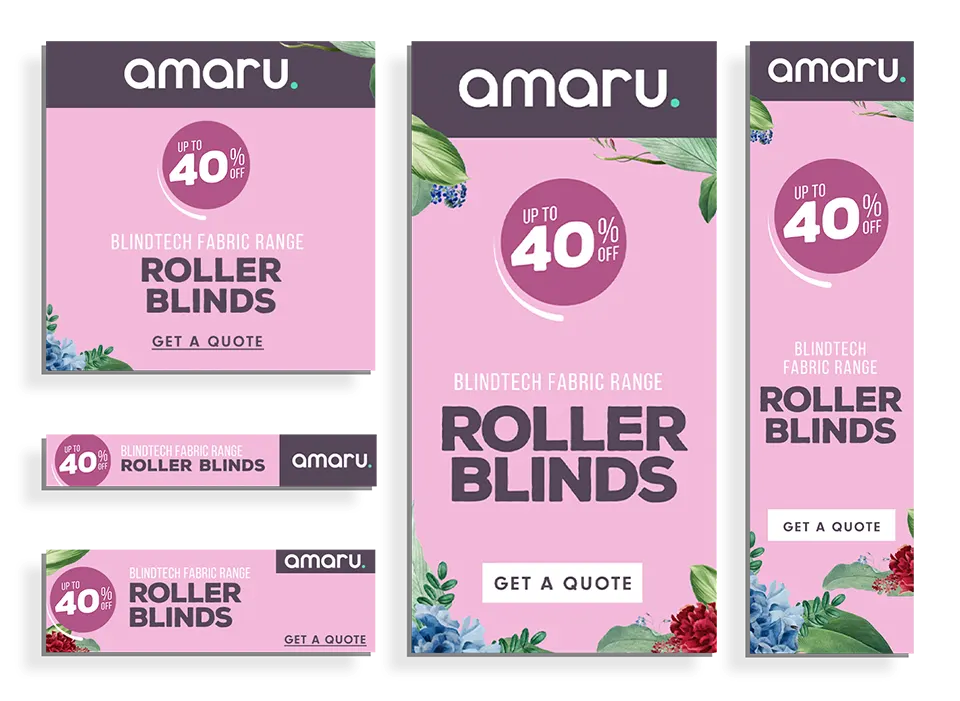Remarketing Lists for Search Ads (RLSAs) is a Google Ads feature that has been around since mid-2013. RLSAs let you target higher-value consumers by customising PPC search ads and tailoring bids for consumers who previously visited your website, even if those earlier visits didn't result in a sale.
In this blog, we will explore RLSAs and how to best use them to make the most of your PPC marketing budget.
What
What is Remarketing?
Sometimes referred to as retargeting, remarketing is a popular digital marketing strategy in which marketers serve customised content targeted ads to consumers who have visited their website at least once and have (or have not) taken a specific action.
Remarketing is an effective way to tailor PPC ads to be shown to people who have already displayed some interest in your business or brand and are therefore more likely to do business with you.
Remarketing offers a second chance to convert, up-sell, or retain customers through online ads or campaigns by focusing on past visitors or existing customers.


How
How do RLSAs work?
RLSAs work by collecting users' information and creating lists through a small piece of code called a Pixel Tag provided by your paid search ad network and added to your website to track your campaign.
When a consumer visits your site for the first time, this pixel tag drops an anonymous browser cookie that adds the user to your retargeting list. If that same user then visits another site hosting display or native ads from your PPC ad network provider, their algorithm will know to serve your ad to this particular user.
The data collected through cookies allow a brand to segment consumers based on their behaviour to create highly specific audience lists. These audience segment lists can be used to target these consumers with tailored ad copy designed to drive prospects through the funnel to conversion.
Remarketers can also use Google Analytics data to form RLSA audiences, increasing the potential list segment criteria through behavioural retargeting to include which web pages they visited, how long they stayed on each page, and which links they clicked.
Why
Why are RLSAs important to Paid Search Advertising?
With RLSAs, you can set your bids, create ads, and tailor keywords based on what you know about your audience.
RLSAs help brands adjust PPC campaigns to engage with their most valuable prospects and drive better campaign performance.
Remarketing Lists let search advertisers implement different keyword inclusion and exclusion bidding strategies and target specific audiences based on the value of a potential customer to increase the ROI of paid search ad campaigns.
RLSAs let advertisers customise ads based on a consumer's previous action. This helps brands to build a more personal and engagement-focused connection with the consumer based on where they are at in their conversion journey.
Finally, with Google estimating only 2% to 4% of first-time website visits resulting in a purchase, RLSAs help with creating ad campaigns for multi-touch impressions across search and social media platforms to keep your brand in a customers' mind after they leave your site.
Limitations
RLSA Limitations
There are some restrictions to RSLAs to consider before creating your remarketing campaign:

RLSAs are only available when users search through Google or Google partner sites. While Google has announced it will delay its plans to phase out third-party cookies in the Chrome browser until 2023, when this happens, it will impact the ability of marketers to remarket. Therefore it is important to advertise on platforms that use first-party data that allows tracking.
Your remarketing list needs a minimum of 1,000 cookies before you can use the RLSA feature.
The membership limit for RLSA lists is capped at 540 days.
Setting Up A RLSA Campaign
First things first, you'll need to set up your site for remarketing by adding a Google Ads pixel tag to your website or app audience source. This small block of code will add cookies to each visitor and include them on a remarketing list, which you can later use for better targeting ads.
Once your site has a Google pixel tag, you'll find a couple of automatically created general remarketing lists. You can use these or customise your own based on your needs.
Next, you'll need to set up your initial PPC Ad campaign to begin using segmented remarketing lists.
RLSAs can be created in two ways:
- for bidding & targeting to ad groups
- for bidding & targeting to campaigns
NB: You won't be able to apply remarketing lists to both levels simultaneously for the same campaign. If you've applied your remarketing lists to your ad groups and want to switch to using them for a campaign, you must first remove them from the ad group and then apply them to your larger campaign.
Follow these steps to apply an RLSA to a Search ad or campaign:
- In Google Ads, create a new Search Ad campaign or ad group, or select one you've created already.
- Click "Audiences" to the left side of the page.
- Click the pencil icon to add an audience list.
- Using the "Add to" section, select either "Campaign" or "Ad Group" for where you want to apply your RLSA.
- Click either "Select a campaign" or "Select an ad group," then choose the options you want to target.
- From the "How they interacted with your business" drop-down menu choose "Website visitors."
- Check the boxes for each RLSA you wish to add.
- Click "Save".
You'll then be directed to confirm your targeting settings.
There are two targeting settings to choose from:
- Observation: this setting lets you observe the performance of your lists without restricting the reach of your campaign or group.
- Targeting: this setting will only show ads to members of your remarketing lists but will limit your reach.
Optimising
List
Optimising Remarketing Lists for Search Ads
The following six areas are where you can really develop strong RLSAs to get the most out of your paid search advertising. This helpful segmenting tool offers your business more qualified conversions through increasing personalisation, engagement, and win-back potential.
Segment Your Audiences
No two visitors to your website are exactly alike, but many will share similar traits and show certain behaviours that a savvy search advertiser can spot. By identifying and understanding a visitor's behaviour and intent and then segmenting your visitors into common pools, you can strategically target users with potent ad messages, making their retargeting experience relevant and personalised.
There is no single 'right way' to segment your users. Your segments will depend on what type of business you're in, your goals, and what part of the sales funnel the visitor falls into.
Some examples of segments you could use:
- all site visitors
- past customers
- product page visitors
- cart abandoners
- contact page visitors
- repeat visitors that haven’t purchased yet
The more granular the detail you use when segmenting your audiences, the easier it will be to create highly personalised ads that increase your chance of conversions.
Tailor Your Ad Copy For Returning Customers
Because of the wealth of data and marketing tools available today, consumers have become accustomed to having their online shopping experience feel almost as personal as it would if they were a regular returning to a bricks and mortar store.
The benefit of using remarketing lists is you can cherrypick relevant information on your targeted users and tailor your ad copy to meet their specific needs.
For example, returning customers can be pushed ads based on products they have already shown some interest in. A discount offer may be just the ticket to incentivise a user who has visited your site but never made a purchase.
Customising your copy and offers can help create better audience relationships and open more opportunities for increased conversions.
Use Demographic Targeting
Understanding your customer needs is central to a robust digital marketing strategy, so the more detailed you get with your targeting, the better you can tailor your content for conversions.
Demographic data lets you identify users based on details such as their age, location, gender, parental status, education level or household income.
By using demographic targeting in remarketing lists for search ads, you can develop stronger audience personas for customers already in your sales funnel, which can then be used to identify similar prospect traits to target in your search ads.
The identifying and demographic segmenting process also allows you to be strategic on how much or little you are willing to bid for ad impressions targeted at specific demographic groups.
Monitor and Grow Your Audience Size
Google's AI gives search advertisers the capability to grow their audience automatically. This function is available when you choose "Open" when creating your RLSAs.
An open list will continue to add qualified leads and push relevant content and ads to those users. Because an AI identifies these leads, they won't always be accurate. Therefore, you still need to watch open lists to ensure you're sending the right messages to the right people.
In contrast, a closed list won't grow but instead will continuously push ads only to users you manually added. If you choose the closed list option, you will need to grow your audience sizes manually, but on the plus side, you can double-check content before it goes out.
Whether you choose open or closed lists, it's essential to actively monitor your PPC campaigns to ensure engagement is kept high.
Research Your Keywords
At the heart of all PPC advertising is in-depth keyword research and analysis. Understanding why a particular keyword or phrase led a user to your site can give the necessary insight into what a potential future customer will search for and help you to create compelling ad copy.
Keyword research can also help you tailor your remarketing efforts. For example, if a customer returns to your site using your brand name in a search, it is safe to assume they have familiarity with your business, so rather than a generic welcome campaign, you could serve up a welcome back offer.
Alternatively, if a customer found your site through a general search for a product, you may want to also highlight some of your best related products or services to keep them from continuing to shop around.
Making an effort to research and analyse keywords will also help uncover which keywords are working and those that aren't to help you optimise your search rankings and PPC budget.
Make Bid Adjustments Where Needed
Search advertising typically works on a cost-per-click (CPC) / pay-per-click (PPC) model, including CPM (cost per impression) and CPA (cost per acquisition) based on target keywords. As such, you have a fair amount of control to manage your advertising spend and can adjust your bids according to a specific remarketing list or campaign.
Generally, search marketers will bid higher for exact match keywords because the ROI is typically much higher than the cheaper broad match keywords, which can be more hit or miss. By using RLSAs, you can improve the results of broad keywords because they are targeted to your most qualified visitors. It is worthwhile to experiment with some broad keyword targeting using RLSAs for campaigns or ad groups to test their worth and whether they improve your conversion rates.
You can use your RLSA segments to identify where to make bid adjustments. For example, if customers most frequently access your site via mobile, increasing your bids for mobile impressions over desktop makes sense. Likewise, if you have just added a new product, you may want to boost traffic by increasing your bids for anyone who viewed your site in the last 30 days.
Conclusion
Remarketing lists are an effective and cost-efficient way to attract customers through personalised search advertising. This is because you aren't pushing your ad out to the masses. Instead, you target qualified people who have already shown interest in what you have to offer with timely, personalised, and relevant content that may help convert them faster.
If you need help developing your remarketing lists, segmenting your audiences and creating customer personas, Zeemo's PPC Marketing team are here to help you get the most from your Search Advertising targeting and budget.
